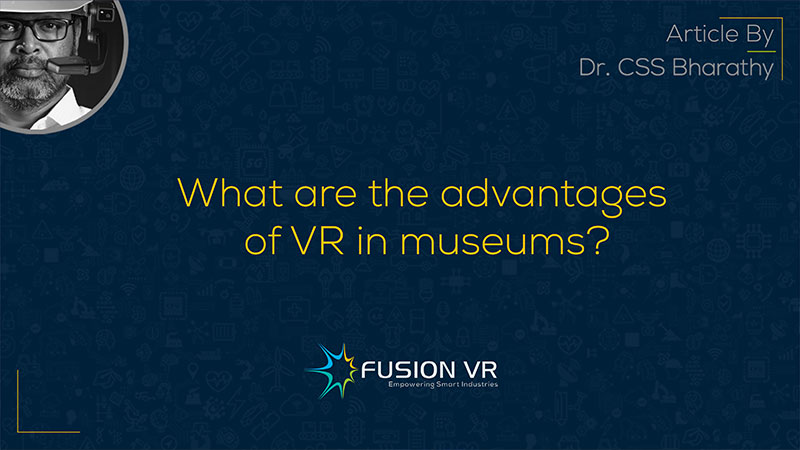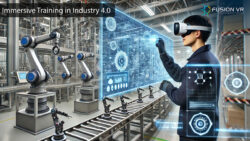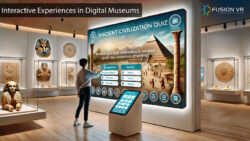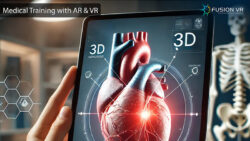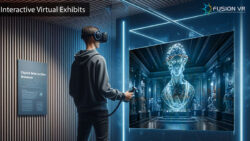As a technology that is being extensively implemented in all fields across the globe, Virtual Reality is paving its way swiftly in every other sector. Speaking of virtual reality’s implementation in museums makes it a very innovative and interactive proposition. This transforms a traditional sector such as a museum to join the trend and bring forth something fascinating.
Implementation of virtual reality experiences in a museum can actually mean what a museum is, as the technology helps make everything lively with its immersive and interactive experiences. Breaking the norms of a traditional display in a museum, virtual reality technology joins hands with giving a real-time high-degree display, and this, I can assure you, would totally change the connotation of the displayed objects.
A museum is one of the most frequented places to gain knowledge and to know more about historical artifacts and events. Virtual reality actually helps to preserve ancient history for an even more, more prolonged period of time. Not everyone visiting the museum will be well aware of what’s present.
One usually finds a boring text box next to the displayed historical item that may not ultimately impart the necessary knowledge to the viewers. Whereas, when the information is imparted via virtual reality, we can make sure that the immersive, as well as the interactive platform, has made some excellent knowledge-sharing sessions.
A virtual walkthrough to a real place that existed years ago can give a great experience rather than just having a few items that were present in that era inside a glass jar. Apart from that, virtual reality in museums can make many people visit the museum and gain knowledge as the experience is unique and interesting.
Breaking traditional norms with VR in museum exhibitions
Implementing VR technology in museum will result in more attention retention among visitors. The change in the way museums are being experienced with the incorporation of virtual reality into the museum platform helps in effective viewer engagement. Visitors may also understand the importance of the heritage that is being displayed. Virtual reality helps communicate powerful historical stories.
Adapting VR technology to museums seems to break all the limitations and challenges faced in a traditional museum. Besides virtual reality, there are augmented reality and mixed reality technologies that can be effectively implemented in the museum sector. The experience created by this emerging technology can create an impactful memory amongst the visitors. Research has proven that learning through technologies like virtual reality helps in better knowledge retention.
The same can be seen as a plus point for the museum sector to use this technology to impart historical knowledge to its visitors. The interactive exhibition that is presented via virtual reality will really help the visitors be engaged in the purpose of visit to a museum. A virtual walkthrough that is involved in an interactive museum makes use of all the available media to give the best experience to its viewers.
In conclusion, we could suggest many benefits to implementing virtual reality in museums for an impactful visual experience and representation of information. The curated information can be creatively expressed, breaking all the traditional norms of a typical museum. The next generation needs to appreciate the country’s glorious past and get inspired to reach greater heights in the future. Museums play a pivotal role in that effort. VR in museums is beneficial for transformation in the typical way of presenting data in conventional museums. There are so many museums across the globe, but many museums have to take wise decisions in implementing virtual reality technology into this sector.

